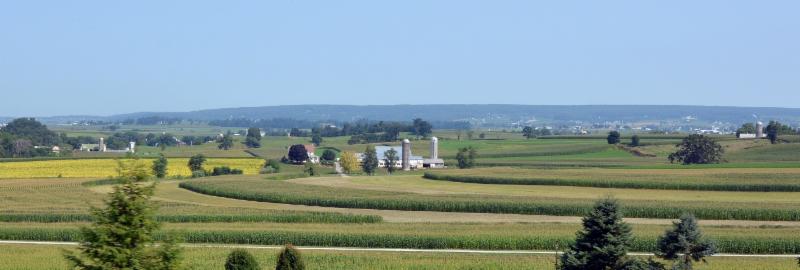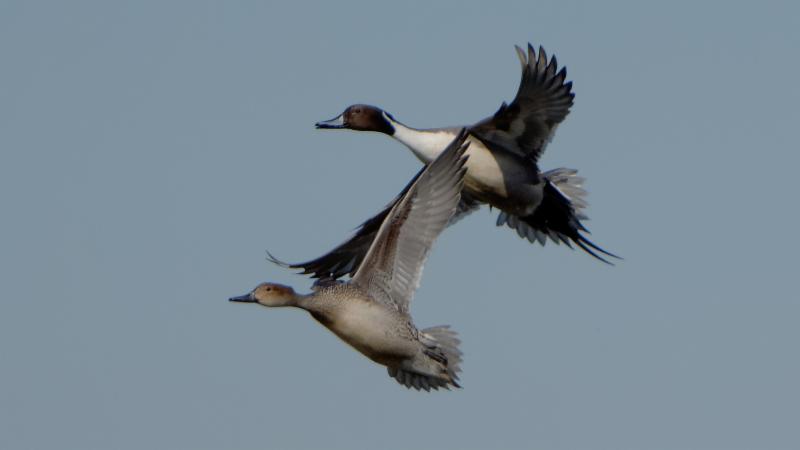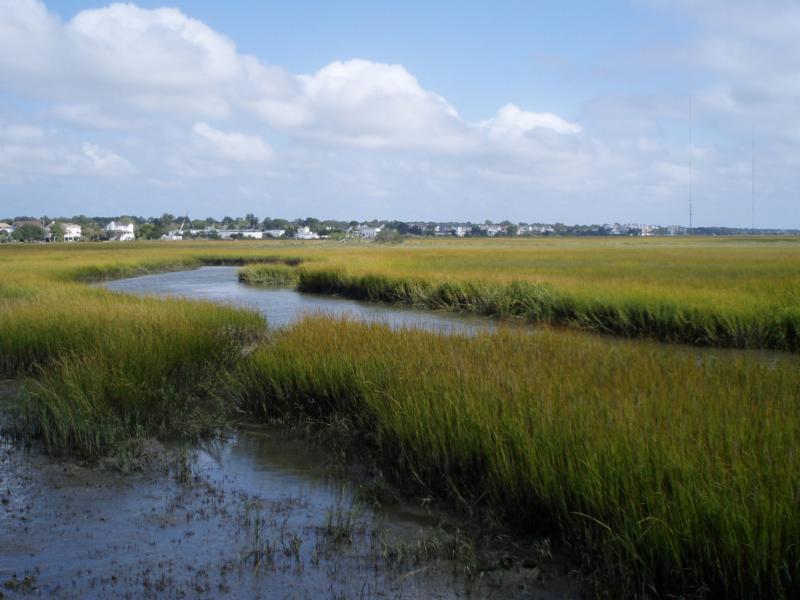Kerry Luft Named McGraw Executive
Vice President
McGraw photo
I am pleased to announce that Kerry Luft has been named executive vice president of the Max McGraw Wildlife Foundation. Kerry will also continue as director of the McGraw Center for Conservation Leadership.
As executive vice president, Kerry will assume responsibilities for the operations of McGraw, overseeing our dedicated management teams in the areas of shooting sports, hunting, fishing, land management, hospitality and education and research. Kerry also will join the Board of Directors and the Executive Committee.
Kerry has been a remarkable asset to McGraw since he arrived in the summer of 2015. His knowledge of communications and journalism is evident throughout McGraw and our website. He has helped to build the McGraw Center for Conservation Leadership into a dynamic force for advancing cost effectiveness and program efficiency in conservation. He led the renovation of the Clay Target Center to become a hugely successful venue. His entrepreneurial spirit, can-do attitude and leadership have helped to advance our efforts across the board. I am very pleased he will be assuming this new role as McGraw advances.
Kerry and I will work closely on all elements of McGraw, while I focus much of my time on our strategic vision, McGraw's financial future and working with business, philanthropic and conservation leaders across America who can assist in our development and impact.
This is a most exciting time for McGraw. We are exceedingly well positioned for the future and have set ambitious goals. We have much work to do if we are to succeed in our conservation mission. On behalf of all of us, thank you for your confidence in our efforts. We have a great team and value your support.
- Charles S. Potter, Jr., President & CEO
Max McGraw Wildlife Foundation
|
|

McGraw Farm Bill Initiative Earns Praise
Photo by Peter Miller/flickr
The Des Moines Register recently cited the Heartland Waters Initiative developed by the McGraw Center for Conservation Leadership in an editorial promoting new strategies for the upcoming federal Farm Bill.
The editorial praised the initiative's promotion of "precision conservation" to target the most vulnerable lands to ensure maximum returns on conservation investment, and quoted Alex Echols, McGraw's team lead on the initiative.
"The answer, however, isn't necessarily increases in government funding," the editorial read. "A more targeted approach - called "precision conservation" - can identify the most environmentally sensitive land and give taxpayers the best bang for their buck.
"Practices such as setting aside huge swaths of land may be impractical amid tight budgets and pressure to produce more grain, argues the McGraw Center for Conservation Leadership in Dundee, Ill., which is calling for a new approach to conservation.
|
What Lies Ahead for Fire-Ravaged Western States
By Rick Bass/Field & Stream
Photo by Jared Tarbell/flickr
When the fire is coming through the meadow, rushing on the wind, and you're fighting it with your thin little hose and running at it with double-armful buckets of sloshing water, what you notice-in addition to the dread or terror-is how damned hard it is to breathe. You think it's the adrenaline-I can't be this out of shape, you think-but really, the smoke is all it is. It keeps your lungs from working right. It's as though you're suffocating.
The fires have destroyed people's homes in the West, just as the floods of rising tides and strong hurricanes have destroyed people's homes, and lives, on the coast. We have stepped through a gate this year, a gate we knew we were walking toward, in which almost anyone and everyone, rich or poor, can become an environmental refugee, or victim.
You can't live in 8 feet of water and you can't breathe in a valley so clotted with smoldering smoke that it absorbs even the headlights of slow-driving vehicles, creeping past one another in exodus.
It's no way to live.
|

Why are Pintails Declining While Other Ducks Soar?
By Kyle Wintersteen/Delta Waterfowl
Photo by Ellen & Tony/flickr
Until recently, fluctuations of the pintail population were strongly tied to the availability of shallow, invertebrate-rich wetlands on the prairies of southern Canada.
The annual USFWS Breeding Population and Habitat Survey reveals that pintails and the pond count were both tremendously high in the mid-1950s, fell in the early 1960s, rose in the mid-1970s and dipped during the horrid 1980s drought. Then something changed.
The pond count was well above average from 1995 to 1997, but while mallards and other species surged back, pintails floundered. A longer wet cycle began 2004 and continues today, propelling numerous grassland-nesting ducks, including mallards, gadwalls, wigeon, teal and shovelers, to record highs. Yet since 1981, pintails have only exceeded their long-term average of 4 million birds once, in 2011.
The 2016 survey marked a fifth straight decline. Why the disparity?
|

Putting
a Price Tag on Wetlands' Flood Control
By Brandon Keim/Anthropocene
Photo by Leonie/flickr
With every big coastal storm, attention turns to the role of wetlands in reducing their destructiveness. Quantifying that service, however, is a difficult thing to do. Now a team of ecologists, engineers and risk modelers have provided two such price tags: $625 million in damage prevented by wetlands during Hurricane Sandy, and - in a New Jersey county broadly emblematic of the Atlantic coast - a 16 percent reduction in flood losses every single year.
Arriving in the aftermath of hurricanes Irma and Harvey, the figures,
published in the journal Scientific Reports
, underscore just how under-appreciated wetlands remain despite scientific recognition of their ability to absorb water and blunt storms. "We would like to see the scale of the benefits of these natural defenses reflected in the investments we make in conserving them," says Siddharth Narayan, a coastal engineer at the University of California Santa Cruz and the study's lead author.
Narayan's team first analyzed flood heights along Hurricane Sandy's coastal path in 2012, comparing their extent in areas where wetlands remain and areas where they've been lost to development. Cross-referencing those patterns with high-resolution data on property insurance claims led to an estimate of $625 million in wetlands-reduced property damage. That's about one percent of Sandy's toll, though the number varied widely by location.
|
|
|
|
|
|